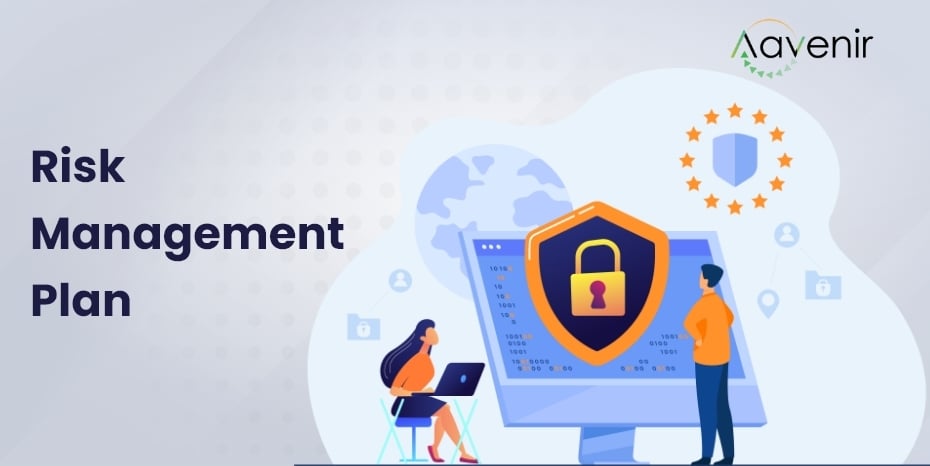Risk Management Plan
A risk management plan is a written document that details the organization’s risk management process. This process starts by creating a team of stakeholders across the organization to review potential risks to the organization. This stakeholder team should include senior management, the compliance officer, and any department managers. If the organization is developing software, then one project manager from each project team should also be included to review project management and respond to project risks.

Understanding Risk Management Plan
A risk management plan likewise called a “risk mitigation plan,” is a clear-cut document that advises how to manage clear dangers and what the executive’s moves should be made against those risks to relieve or eliminate threats to the venture and its corresponding results. The risk management plan provides organizations with a feeling of measures they need to take to recognize, break down, and react to every one of the threats going around inside the undertaking wheel.
This arrangement is essential for a standard risk of the executive’s interaction during the entire life cycle. The organizational risk unites every one of the main thrusts that cause the undertaking supervisory group to make a move to treat chances.
Four Basics to Manage Risk
At the point when you’re arranging your organizational task, risks and hazards are as yet unsure: they haven’t occurred at this point. Yet, ultimately, a portion of the dangers will happen even if you plan you, and that is the point at which you need to manage them. There are four fundamental ways of dealing with such organizational risks and hazards.
- Avoid: The best way to manage hazards is to stay away from them. If you can keep it from occurring, it most certainly will not hurt your undertaking. The easiest way of keeping away from this danger is to leave the precipice, yet that may not be a choice on this task.
- Alleviate: If you can’t stay away from the danger, you can moderate it. This implies making a type of move that will harm your undertaking as could be expected.
- Move: One successful way of managing danger is to pay another person to acknowledge it for you. The most well-known way of doing this is to purchase protection.
- Acknowledge: When you can’t keep away from, alleviate, or move a hazard, then, at that point, you need to acknowledge it. However, in any event, when you get a danger, you’ve taken a gander at the other options and realize what will occur on the off chance that it happens. If you can’t stay away from the danger, and there’s no way to diminish its effect, then, at that point, tolerating it is your primary decision.
Benefits of Writing a Risk Management Plan
Risk Management Plan gives different advantages that make the archive a beneficial undertaking for each organization. From assisting organizations with recognizing the possible dangers, they might face to treating them. Monitoring these dangers permits organizations to make arrangements and manage them when they emerge. Yet, significantly, a threat the executives plan:
1. Lifts results
By characterizing a Risk Management Plan for your association, your odds of an effective undertaking are almost inevitable. It limits and kills unfriendly dangers to such an extent that tasks can be finished on schedule.
This empowers your group to meet the financial plan and satisfy designated objectives. When you don’t have distinct danger the board techniques set up, your ventures become helpless and get presented to issues.
2. Assist you with being proactive and not reactive
Having a reasonable danger, the executive’s plan leaves you alone proactive and finds ways to decrease likely issues before they emerge, rather than continually putting out fires. Your organization can face the challenge that has been perceived and move them to helpful advances that will diminish the probability of them occurring.
3. Assist you with assessing the entire project
With the assistance of a formulated Risk Management Plan, you can evaluate the effectiveness of your undertakings by alleviating openness to chances and taking advantage of opportunities that exploit your associations’ qualities. All in all, it assists you with assessing your present undertaking’s good outcome and helps you build best practices for what’s to come.
Explore Additional Resources to Know More




